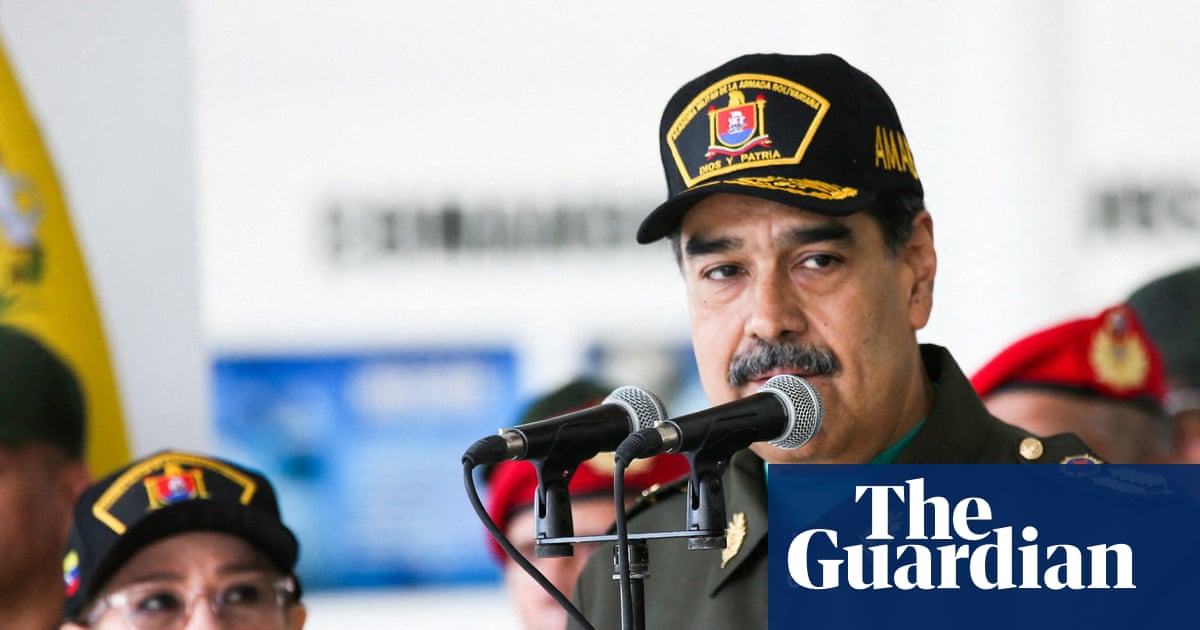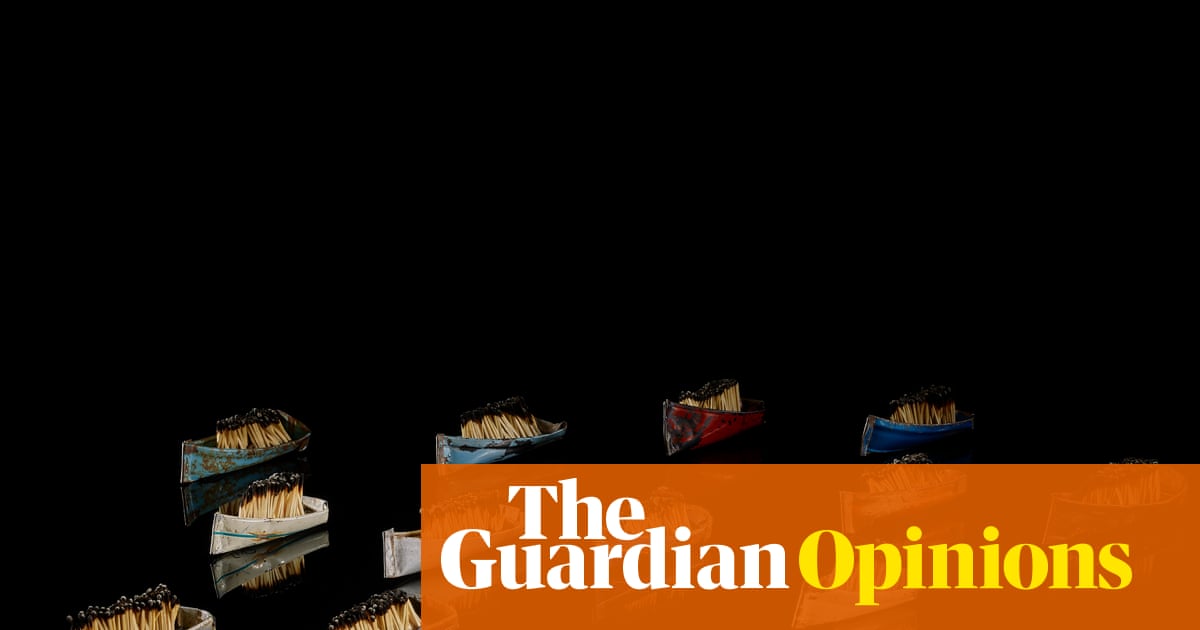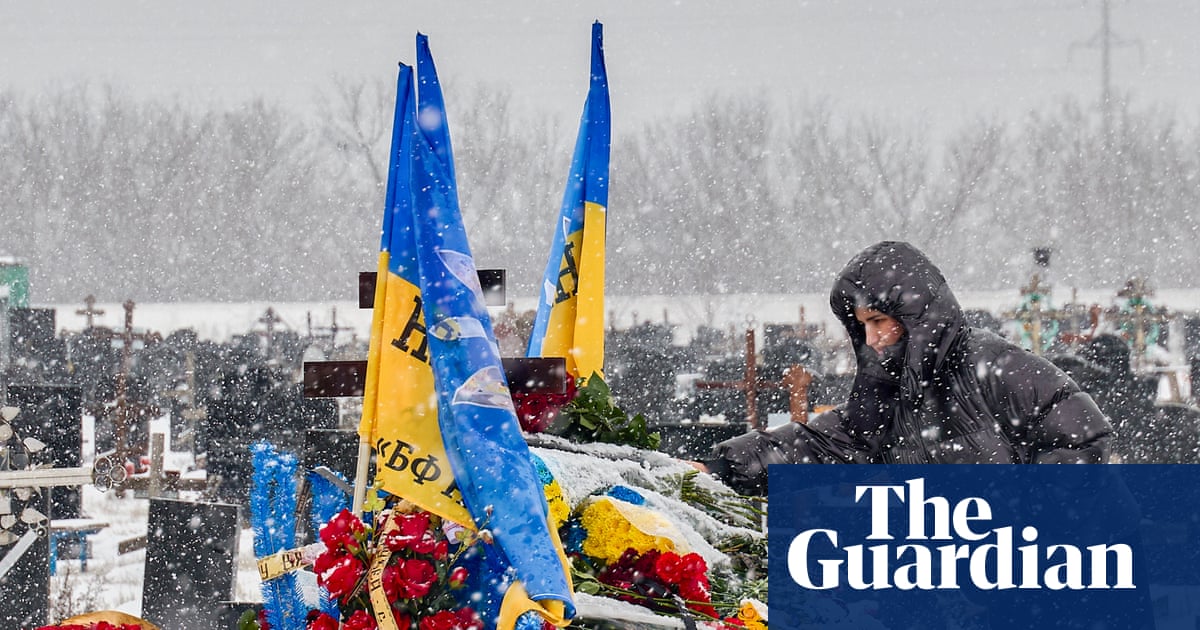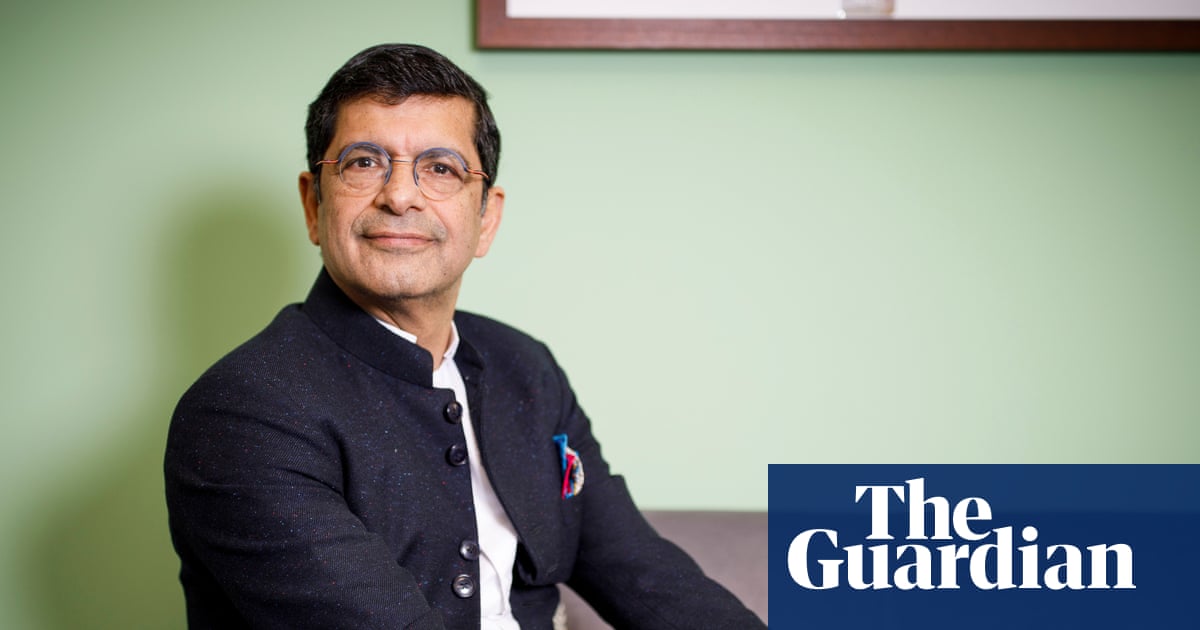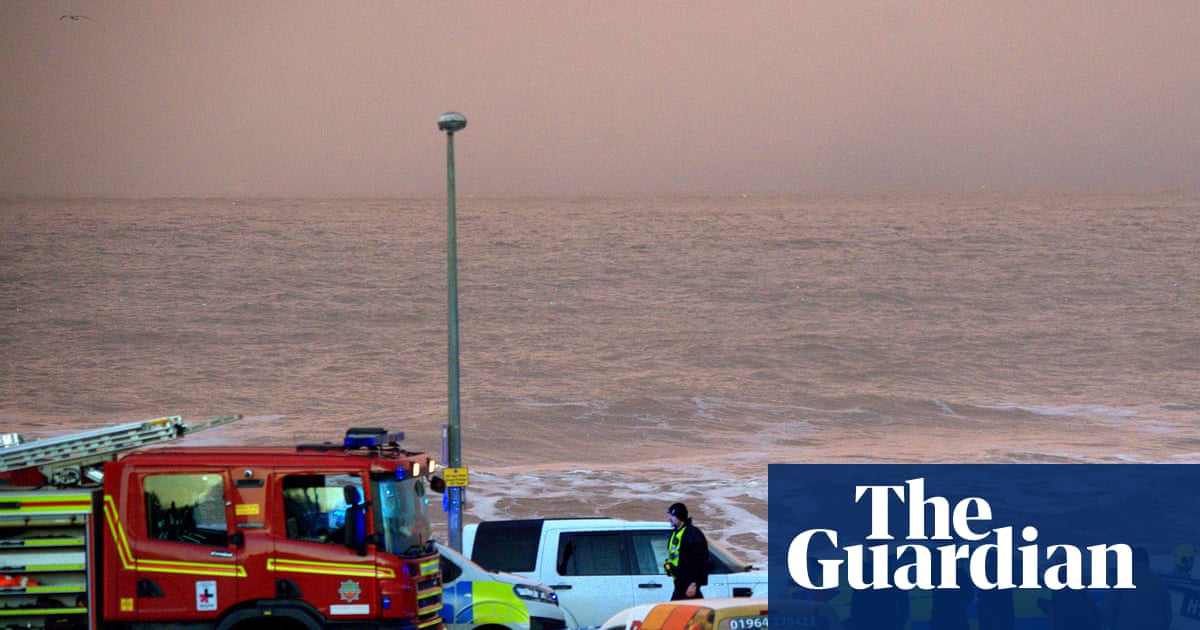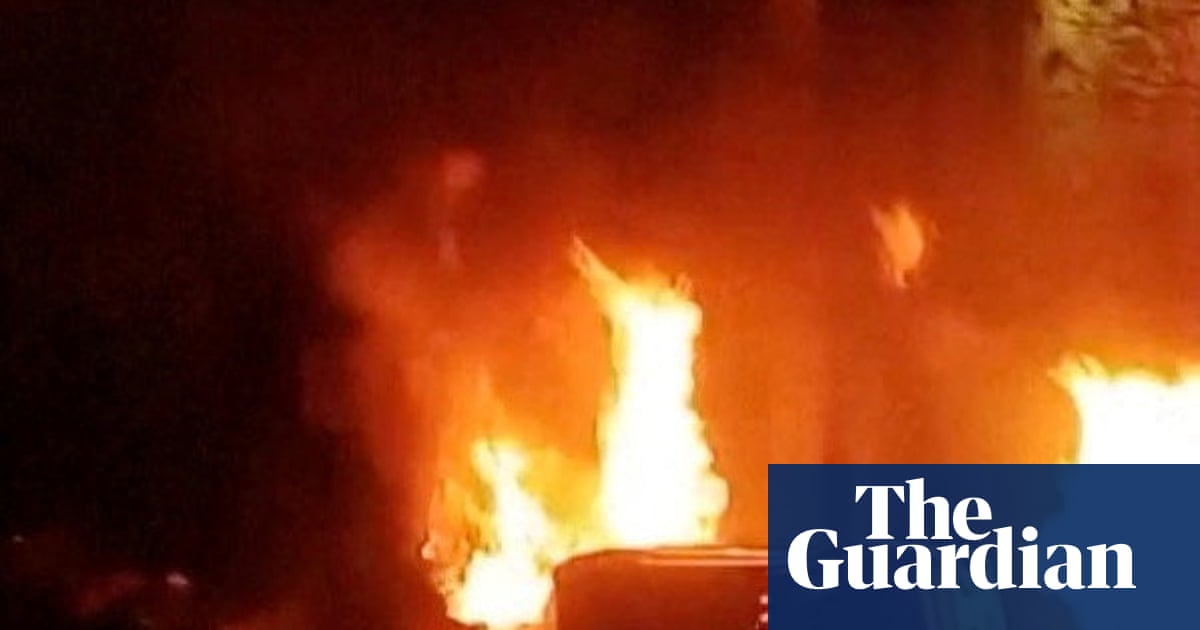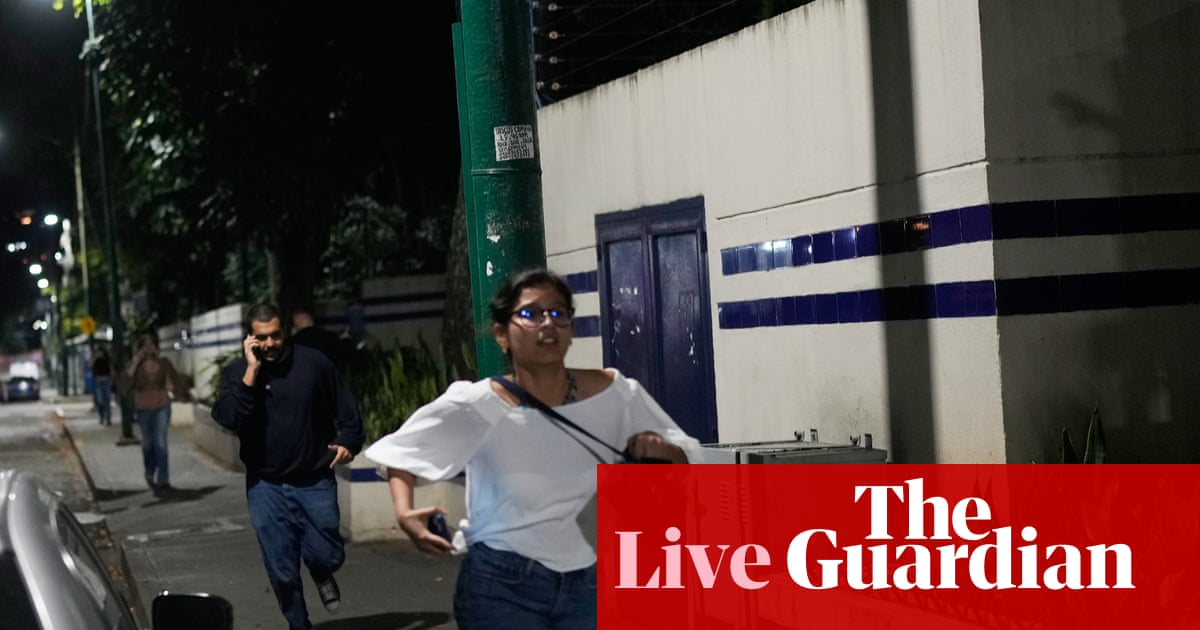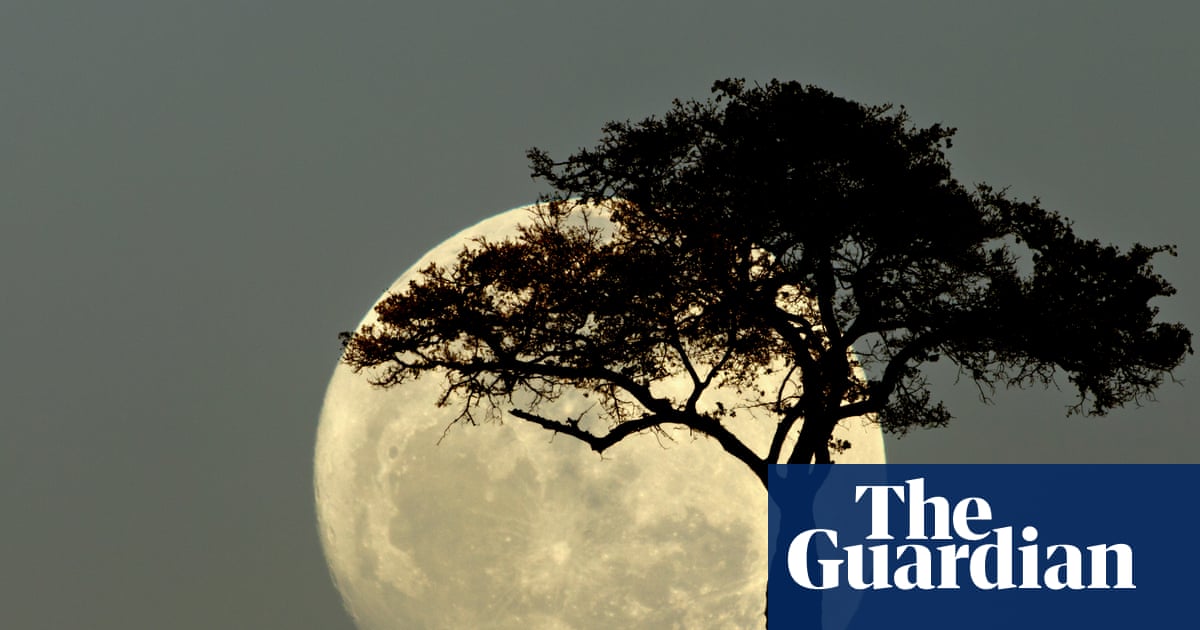Over a vast rolling field, Russian and Belarusian fighter jets drew fire as tanks shattered mock wooden houses and the buzz of drones filled the air. Moments later, troops stormed in, hoisting the allies’ flags above a “liberated” piece of land consumed by flames.
The military drills, part of the major Zapad-2025 military exercises and staged at the Borisov training ground in Belarus, were billed as a defensive response to a notional western invasion – in effect Nato. Zapa, which is the Russian word for ‘west’, refers to military drills focused on the western theatre.
Yet the display of firepower, witnessed during a rare western media visit to the authoritarian state, has stirred unease in European capitals amid mounting regional tensions and fears that Moscow is probing Nato’s defences after Russian drones entered Poland and Romania last week.
“The exercises, in our view, are unprecedentedly open. We pose no threat to anyone and stand for building a constructive and pragmatic dialogue,” Valery Revenko, a senior Belarusian military official, told reporters after the drills.
He added that the drills, due to end on Tuesday, had been scaled down to highlight their defensive nature and were held further from Nato’s borders than originally planned, in what he described as an effort to reduce tensions in eastern Europe.
Even so, western capitals will be watching closely, mindful that Zapad-2021 gave Vladimir Putin cover to move large formations of troops and equipment westward – many of which, months later, took part in the invasion of Ukraine, including from Belarusian territory.
The exercises also underscored a growing rift between Europe and Washington in their approaches to the Kremlin.
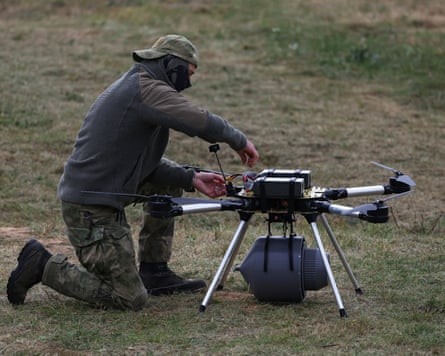
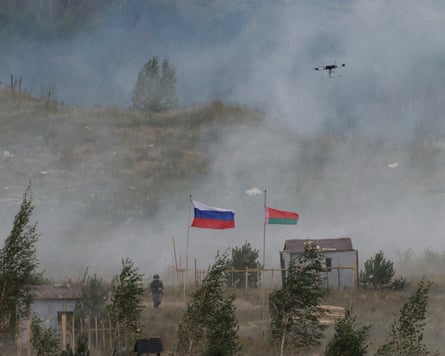
In a surprise visit, two US military officials attended Monday’s war games – the first known visit by American representatives to a Russian military drill in years.
“The best viewing seats will be provided for you,” Belarusian defence minister Viktor Khrenin told one of the two attache, named as Bryan Shoupe, ahead of the drills.
“Thank you for the invitation,” said Shoupe, shaking hands with Khrenin.
The US officials, who declined to speak to the Guardian, stood out among military representatives from Russia’s traditional allies – authoritarian states in Africa, as well as China, Myanmar and others.
But their presence, swiftly seized on by Russian and Belarusian state media to suggest the drills carried global weight, is likely to heighten European fears that Donald Trump is unwilling to take a hard line on Moscow or further isolate the Russian leader.
Amid that uncertainty over Washington’s resolve, Poland has responded to the drills by deploying up to 40,000 soldiers to its border with Belarus, while European allies have sent additional jets to patrol against possible Russian drone incursions.
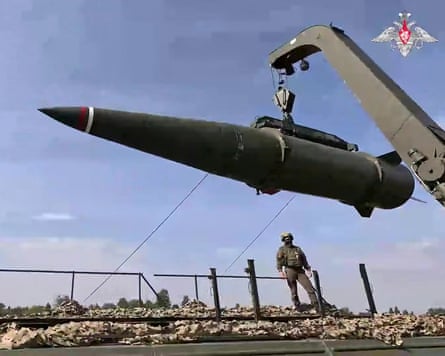
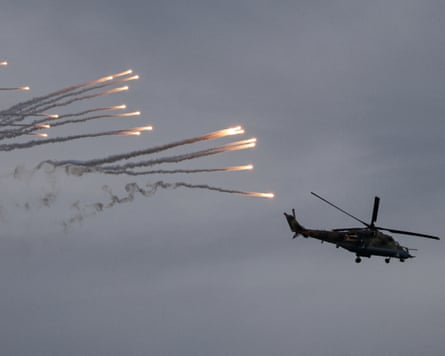
Warsaw has also closed its border with Belarus for an indefinite period, dealing a painful economic blow to Alexander Lukashenko, who depends on the route for the transit of Chinese and Russian goods. The move provoked anger in Moscow, which vowed to retaliate.
“The Russian government has asked us publicly to reconsider. Well, we would like the Russian government to reconsider sending arsonists and drones into Poland,” Poland’s foreign minister, Radosław Sikorski, told the Guardian in an interview in Kyiv on Saturday.
This year’s Zapad-2025 drills are a fraction of the scale of Zapad-2021, which involved up to 200,000 Russian personnel and is now regarded as one of the stress-tests for the full-scale invasion of Ukraine.
According to the Belarusian defence ministry, about 1,000 Russian troops were taking part alongside 7,000 Belarusian forces – a stark illustration of Moscow’s manpower shortage after the heavy toll of its war in Ukraine. On Monday, only a handful of Russian soldiers were visible on the training grounds.
Konrad Muzyka, a military analyst with Rochan Consulting in Poland, said it was difficult to draw firm conclusions from this year’s Zapad drills, as both Belarus and Russia had released less information than usual.
“One scenario is that Russia doesn’t really have the time to do a proper Zapad exercise this year, with most of its forces engaged in Ukraine,” Muzyka said.
But Muzyka added that another explanation could be that the sides wanted to “obfuscate what’s happening in Belarus and the scenarios they are practising”.
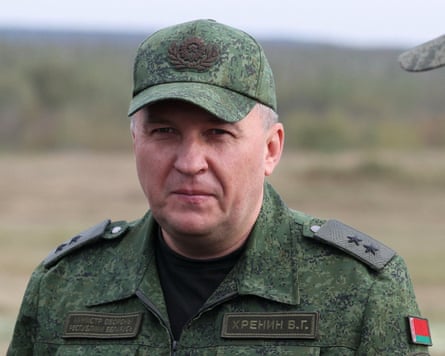
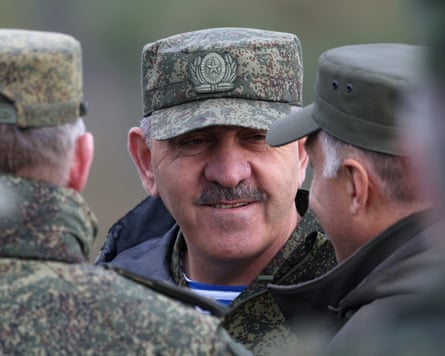
Belarus has been a crucial ally for Russia during the invasion of Ukraine, offering its territory as a launchpad for Moscow’s initial thrust from the north in February 2022 and supplying the Russian army with clothing, gear and equipment.
Lukashenko, however, has resisted Kremlin pressure to send his own troops into the conflict – a step deeply unpopular with both the army and the wider population.
Still, Belarus’s military has become ever more entwined with Moscow’s.
A sweeping security treaty signed in December 2024 further deepened that integration and placed Minsk under Russia’s nuclear umbrella. Lukashenko has since announced that Russia’s Oreshnik intermediate-range ballistic missile will be deployed in Belarus this year.
“You could say the Belarusian armed forces are an extension of Russia’s western military district, and you wouldn’t be far from the truth. They cooperate at every level – tactical, operational, strategic. Belarus is essentially a forward-deployed logistics base for Russian forces,” said Muzyka.
Military analysts cautioned that it was highly unlikely that Belarus would ever join the fighting in Ukraine, or that Moscow would use its territory to launch a renewed push into Ukraine.
“Ukraine has heavily fortified and mined all possible invasion avenues from Belarus,” said Aleksander Alesin, a military analyst in Minsk.
“The element of surprise is gone. Meanwhile, Russia’s reserves are stretched out,” Alesin added.
For Lukashenko, the exercises come at a delicate moment. Long practised at hedging between Moscow and the west, the Belarusian leader’s brutal crackdown on dissent after the rigged 2020 elections has left him a pariah in Europe and pushed him into an increasingly vassal-like relationship with Russia.
Sensing a political opportunity, he has in recent months made fresh overtures to Trump’s administration, casting himself as a key channel between Washington and Moscow to end the war in Ukraine
Last week, those efforts appeared to bear fruit when Belarus secured limited US sanctions relief for its national airline after Lukashenko ordered the release of more than 50 prisoners, among them a British-Belarusian woman.
While Lukashenko claimed small victories on the international stage, few in Belarus seemed interested in the spectacle of the drills at home.
In Borisov, the city nearest to the training grounds, residents said they paid little attention to the exercises, voicing instead their hope that the country would be spared direct involvement in the war in Ukraine.
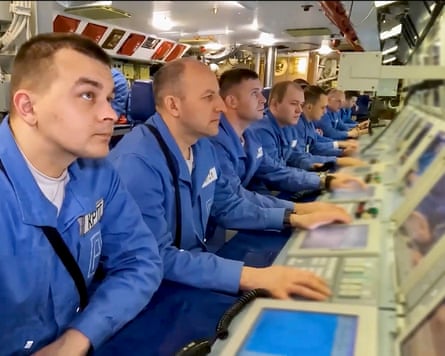
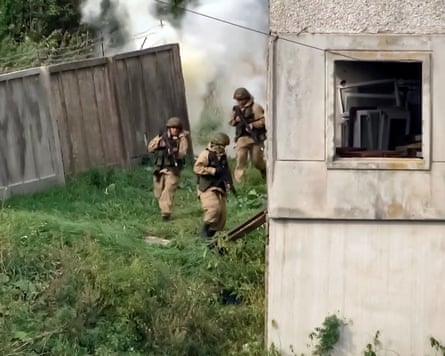
Since the mass crackdown on dissent, few Belarusians have dared to speak openly to foreign reporters. Yet behind the fear, flashes of anger and frustration at the country’s deepening isolation still seep through.
Tatyana, a librarian in Borisov, lamented that after the post-election crackdown and the imposition of western sanctions, cooperation with European partners had ended and the shelves of foreign books had thinned. In their place have come shipments of Russian and Chinese titles – from the two countries that help keep Lukashenko’s regime afloat.
“I just hope things go back to normal,” she said. “We want to have dialogue with the west again.”
Additional reporting by Shaun Walker in Kyiv

 3 months ago
78
3 months ago
78

